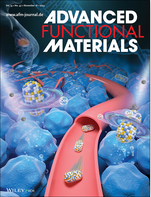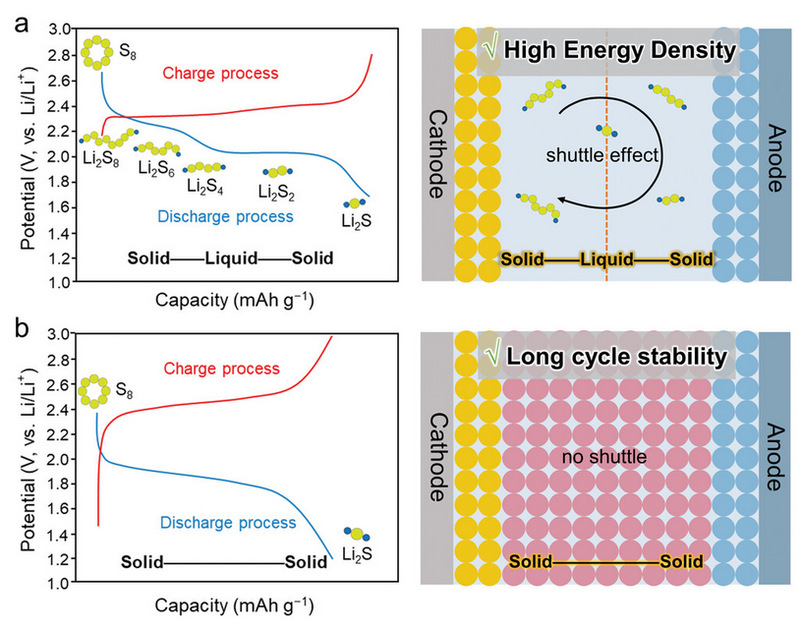
论文题目:Perspectives of High-Performance Li–S Battery Electrolytes
论文作者:Jing Liu, Yuhao Zhou, Tianying Yan*,and Xue-Ping Gao*
发表期刊:Adv. Funct. Mater.2023, 2309625.

Abstract
Lithium–sulfur batteries with high energy density are considered to be one of the most promising candidates for the next-generation energy storage devices. Electrolyte as the medium for Li+ transportation between the electrodes, also plays a crucial role in inhibiting the dissolution and diffusion of lithium polysulfides in Li–S batteries. The working mechanism of Li–S batteries in different electrolytes is classified into “solid-liquid-solid” and “solid-solid” conversions. Under the “solid-liquid-solid” conversion, Li–S batteries would inevitably face the challenges such as “shuttle effect” that lead to poor cycle performance, and under the “solid-solid” conversion, they would face interface mismatch that limits the utilization of sulfur with low energy density, while both conversion mechanisms cause uncontrollable Li dendrites on anode. According to the conversion mechanism, electrolytes can be divided into ether-based, ionic liquid-based, gel polymer electrolytes, and polymer-based solid-state electrolytes with “solid-liquid-solid” conversion, as well as carbonate-based electrolytes and oxide/sulfide-based solid-state electrolytes with “solid-solid” conversion. Based on the conversion mechanism of active materials in different electrolytes, the current status on the strategies from multiple perspectives are summarized to improve the electrochemical performance, with the hope to provide a comprehensive guideline toward the development of suitable electrolytes for Li–S batteries.
